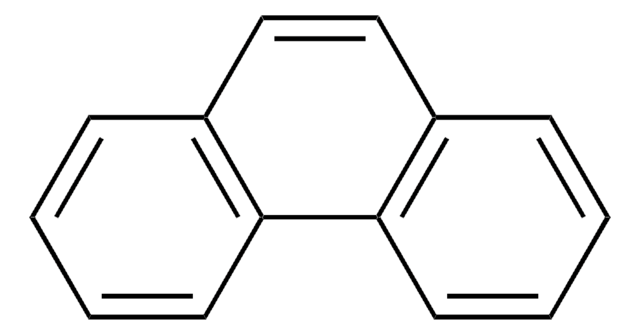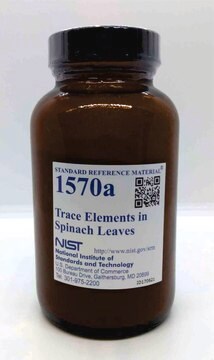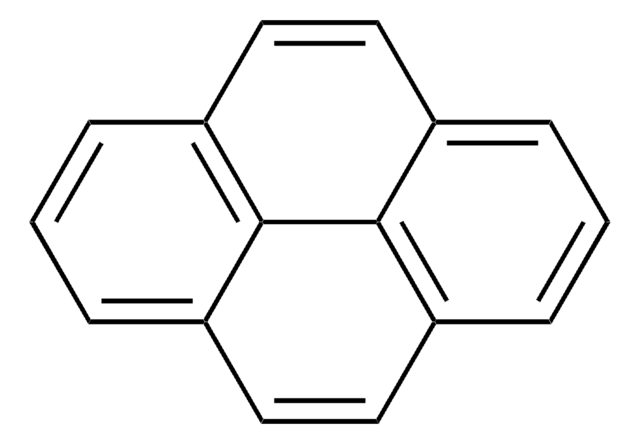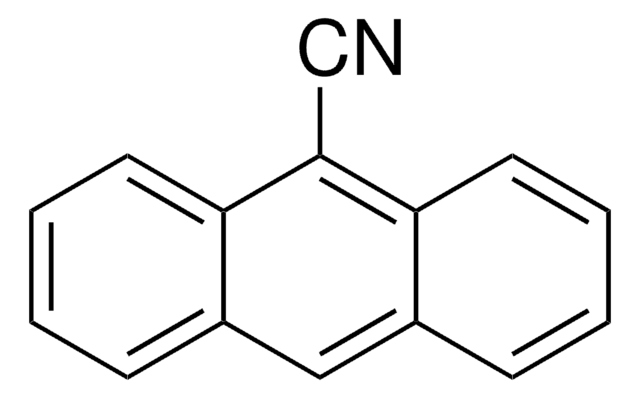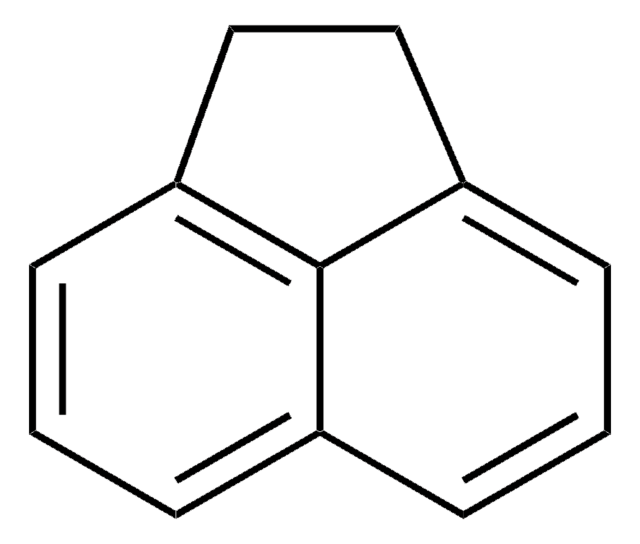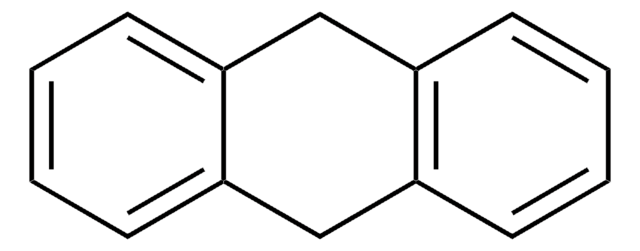Kluczowe dokumenty
141062
Anthracene
ReagentPlus®, 99%
Synonim(y):
Anthraxcene, Paranaphthalene
About This Item
Polecane produkty
gęstość pary
6.15 (vs air)
Poziom jakości
ciśnienie pary
1 mmHg ( 145 °C)
linia produktu
ReagentPlus®
Próba
99%
Postać
powder or flakes
temp. samozapłonu
1004 °F
kolor
blue-violet fluorescence
tw
340 °C (lit.)
mp
210-215 °C (lit.)
rozpuszczalność
toluene: soluble 20 mg/mL, clear, colorless to faintly yellow
alcohols: soluble
benzene: soluble
chloroform: soluble
hydronaphthalenes: soluble
supercritical carbon dioxide: soluble
ciąg SMILES
c1ccc2cc3ccccc3cc2c1
InChI
1S/C14H10/c1-2-6-12-10-14-8-4-3-7-13(14)9-11(12)5-1/h1-10H
Klucz InChI
MWPLVEDNUUSJAV-UHFFFAOYSA-N
informacje o genach
human ... CYP1A2(1544)
Szukasz podobnych produktów? Odwiedź Przewodnik dotyczący porównywania produktów
Opis ogólny
Zastosowanie
Informacje prawne
Hasło ostrzegawcze
Warning
Zwroty wskazujące rodzaj zagrożenia
Zwroty wskazujące środki ostrożności
Klasyfikacja zagrożeń
Aquatic Acute 1 - Aquatic Chronic 1 - Eye Irrit. 2
Kod klasy składowania
11 - Combustible Solids
Klasa zagrożenia wodnego (WGK)
WGK 2
Temperatura zapłonu (°F)
249.8 °F - closed cup
Temperatura zapłonu (°C)
121.0 °C - closed cup
Środki ochrony indywidualnej
dust mask type N95 (US), Eyeshields, Gloves
Wybierz jedną z najnowszych wersji:
Masz już ten produkt?
Dokumenty związane z niedawno zakupionymi produktami zostały zamieszczone w Bibliotece dokumentów.
Klienci oglądali również te produkty
Nasz zespół naukowców ma doświadczenie we wszystkich obszarach badań, w tym w naukach przyrodniczych, materiałoznawstwie, syntezie chemicznej, chromatografii, analityce i wielu innych dziedzinach.
Skontaktuj się z zespołem ds. pomocy technicznej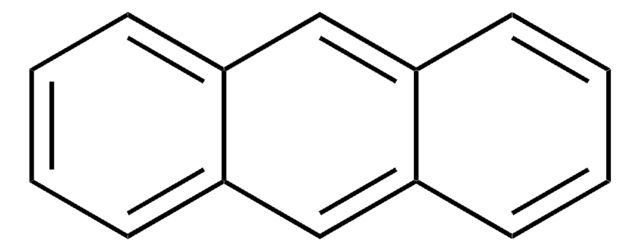
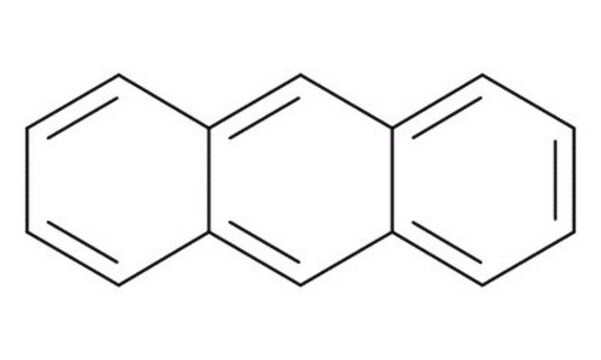
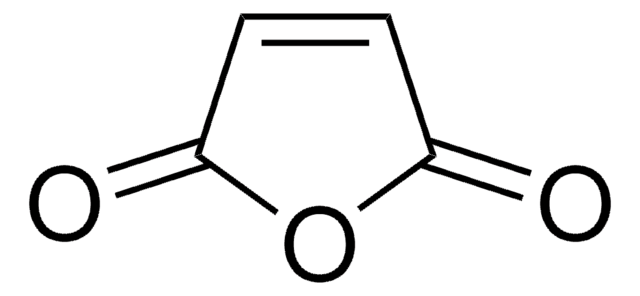
![Benz[b]anthracene 98%](/deepweb/assets/sigmaaldrich/product/structures/197/885/3a015625-5e09-4f15-8b17-4cc285304fc7/640/3a015625-5e09-4f15-8b17-4cc285304fc7.png)
